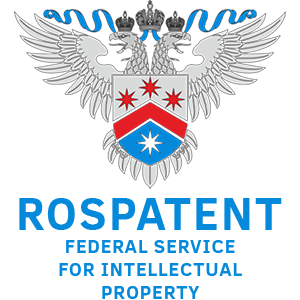


FAQ
What is the Nice Classification?
The Nice Classification is a short name for International Classification of Goods and Services. This classification is used for the purposes of the registration of trademarks. New editions of the classification come into force on January 1 of each year.
What are classes of the Nice Classification?
Classes of the Nice Classification are a complex of goods (services) divided into categories. The classification is based on the principle of goods and services homogeneity.
What is the Classification of Goods and Services used for?
This classification is necessary to systematize the selection of necessary goods and services, as well as to simplify compilation of an application for trademark registration by the applicant.
Does the cost of trademark registration depend on the quantity of the Nice Classification’s classes for which registration will take place?
Yes, the cost of trademark registration directly depends on the quantity of the Nice Classification’s classes for which you would like to register your trademark. The more classes of the Nice Classification you select, the higher the amount of the state fee due for payment is. This principle is also applied to execution of preliminary search for the trademark. The more classes are involved in the search, the higher the charge of Rospatent is.
Can I register my trademark for one class first and then register it for another class?
Yes, you can register your trademark for one class and further for another class but for this purpose the process of registration must be carried out once again.
Is application of the Classification an obligatory condition with trademark registration?
Yes, applying of the Nice Classification is an obligatory condition for trademark registration.
Is it possible to register my trademark for all classes of the Nice Classification?
If appropriate you can register your trademark for all classes of goods and services specified in the Nice Classification. In this case the amount of expenditures connected with the payment of the state fee will increase significantly.
What is the difference between the editions and versions of the Nice Classification?
Each new edition contains significant changes: This may be the emergence of a new class of Nice Classification or the movement of goods or services from one class to another. The editions of the Nice Classification are published every 5 years.
New versions are published once a year and contain only amendments to the current edition: adding or excluding new goods and services, changing the wording of indications of goods and services, class headings and explanations.
Can I determine the class in accordance with the Nice Classification on my own?
Certainly, you can determine the class of your trademark on your own. Even in case of utilization of all the information given on the site, but without essential practical skills you may make a mistake in accurate selection of the class.
In case of incorrect class selection you risk to register your trademark under the classes not relevant for your business and to waste money as a result of this.



Countries
Use of the Nice Classification in various countries
International Classification of Goods and Services for the Purposes of the Registration of Marks (Nice Classification) used in different countries.
150 institutions all around the world apply Nice Classification:
in the participant states of the Nice Agreement;
in the non-participant states of the Nice Agreement.
Thus, as of the end of 2022 a number of states signed the Nice Agreement is 92.
Participating countries of the Nice Agreement



























































































In addition, the ICGS is used by four regional organizations, namely:
– the African Intellectual Property Organization (AIPO);
– the African Regional Intellectual Property Organization (ARIPO);
– the Benelux Intellectual Property Office (BIPO);
– the Intellectual Property Office of the European Union (IPOEU).






















